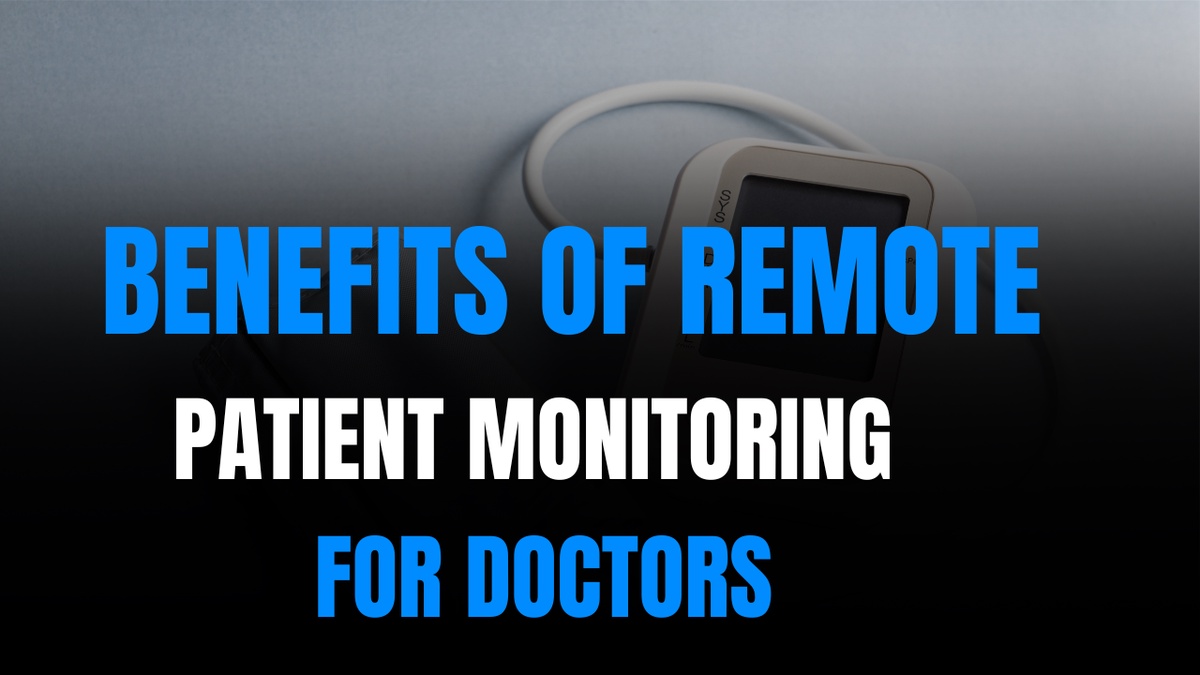In today's world, technology has changed how we take care of our health. One big change is the development of Remote Patient Monitoring Devices. These gadgets offer lots of benefits to doctors, helping them take better care of their patients, even when they're far away.
Better Care for Patients
Getting Patients More Involved
Saving Time
Spotting Problems Early
Using Data to Make Decisions
Doctors use data to help them make decisions about their patients' health. This data can come from many sources, like tests, check-ups, and even from devices that patients use at home.
When doctors look at this data, they can see patterns and trends that tell them how their patients are doing. For example, they might notice if a patient's blood pressure is getting too high or if their blood sugar levels are too low.
By paying attention to these patterns, doctors can make better choices about how to treat their patients. They might change a medication or suggest a different diet or exercise plan.
Sometimes, the data might show that a patient needs to see a specialist or have more tests done. Whatever the case, using data helps doctors give the best possible care to their patients.
It's like using clues to solve a puzzle—when doctors understand what the data is telling them, they can make decisions that help their patients stay healthy and happy.
So, next time you visit the doctor and they check your blood pressure or ask about your symptoms, remember that they're using all that information to make sure you get the best care possible.
Getting Help from Specialists
Sometimes, patients need extra help from doctors who specialize in certain things, like heart problems or bone issues. With remote patient monitoring devices, it's easier for regular doctors to talk to these specialists and get advice.
Let's say someone has a heart condition, but their regular doctor isn't sure what to do next. With remote patient monitoring, the regular doctor can send all the information about the patient's heart to a heart specialist, even if they're far away.
The heart specialist can look at the data and give advice on what the best treatment might be. This way, the patient gets the right help they need, even if the specialist isn't in the same town. It's like having a whole team of doctors working together to make sure each patient gets the best care possible.
Remote patient monitoring devices make it easy for doctors to collaborate and find solutions, no matter where they are, so patients can feel confident they're getting top-notch care.
In Short
remote patient monitoring devices help doctors take better care of their patients by letting them keep track of their health from a distance.
They make it easier for patients to get involved in their health and save time for both doctors and patients. Plus, they help doctors catch health issues early and make sure patients get the right care, no matter where they are.


No comments yet